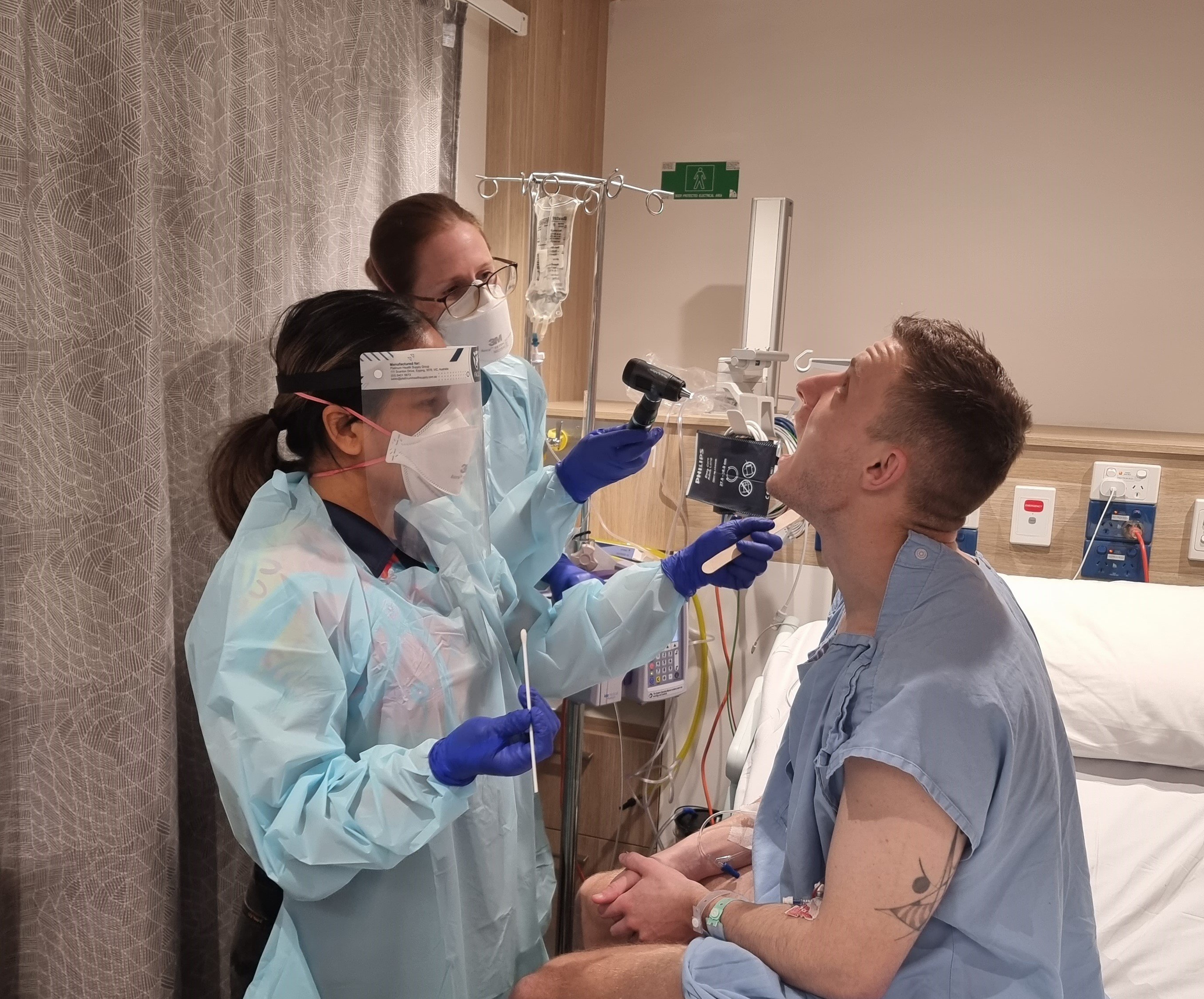
A unique study purposely giving participants Streptococcus pyogenes (Strep A) to learn how much penicillin it takes to prevent infection has found the amount needed is much lower than previously thought – a discovery that will transform thinking on treatment for people living with rheumatic heart disease (RHD).
According to findings from the Controlled Human Infection for Penicillin Against Streptococcus (CHIPS) Trial – led by a team of researchers at the Wesfarmers Centre of Vaccines and Infectious Diseases, based at The Kids Research Institute Australia – the concentration of penicillin required to fend off infection is less than half the amount used in treatment protocols delivered to patients for the past 75 years.
The trial, a rare human model challenge, was nine years in the making for lead researcher Laurens Manning, Head of Strep A & ARF Therapeutics research at the Wesfarmers Centre, and Associate Professor at The University of Western Australia’s Medical School.
“As an infectious diseases physician, I’m usually treating people rather than intentionally infecting them, but this unique study model was designed to give us the breakthrough knowledge we need to make radical changes to the current treatment of RHD,” Associate Professor Manning said.
It’s never been known exactly how much penicillin prevents sore throats – the most common symptom of a Strep A infection – so we decided to embark on a human challenge trial to discover the exact concentration required to protect against infection.
Responsible for painful sore throats, acute rheumatic fever (ARF) and RHD, Strep A can also lead to life-threatening kidney disease, sepsis and heart failure. Patients diagnosed with RHD are required to endure painful intramuscular benzathine penicillin G injections once a month over a 10-year period to avoid further infections.
“Back in the 1950s, researchers decided that 20 nanograms of penicillin per millilitre should be the target concentration in the bloodstream for long-acting penicillin but this assumption was never actually tested,” Professor Manning said.
"The ‘20’ figure became the golden number to adhere to ever since, but injections delivered into the muscle at that concentration are extremely painful, which makes sticking to the monthly schedule very challenging and many patients do not receive all their required treatments.”
Published in Lancet Microbe, the results showed that just 8.1 nanograms of penicillin per millilitre was required to prevent infection in 60 study participants who were infected with a well-studied, safe strain of Strep A.
“Working alongside Linear Clinical Research, Curtin University and Murdoch Children’s Research Institute, we were able to use cutting-edge science to evaluate patient responses to various levels of penicillin, at super fine margins, to determine the minimum effective penicillin exposure,” Associate Professor Manning said.
“Now that we have a clear target, we can accelerate development of new, long-acting injections, ideally into the skin rather than the muscle, that are considerably less painful and can be given at three-month intervals instead of monthly,” Associate Professor Manning said.
“This outcome is very exciting as it underpins everything we have been working on in this space – with these advances in delivery methods and efficiency, we hope to see longer-acting injections embedded in Australia’s national guidelines within the next few years and, in turn, see a dramatic rise in patients receiving the critical treatment they need to prevent potentially deadly rheumatic fever recurrence.”
